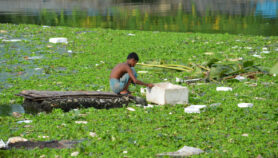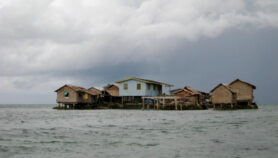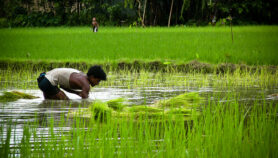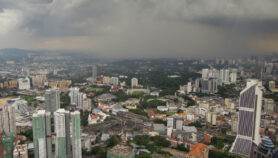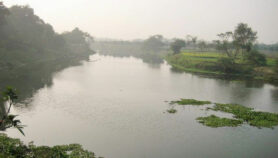By: Katie Mantell
Send to a friend
The details you provide on this page will not be used to send unsolicited email, and will not be sold to a 3rd party. See privacy policy.
 |
Scientists are warning that global warming in the Himalayan region is putting tens of thousands of lives at risk because melting glaciers could lead to severe flooding.
Rising temperatures of 0.06 ºC a year since the mid-1970s, they say, are making glaciers melt faster than ever, causing mountain lakes to swell to bursting point.
A study in Nepal and Bhutan shows that at least 44 lakes are filling so rapidly that they could burst their banks within five years, endangering lives and causing severe damage to property as far as 200 kilometres downstream.
But only two of these lakes have early warning systems to give local communities time to evacuate. And experts say that major engineering work is urgently needed to drain potentially dangerous lakes if catastrophes are to be averted altogether.
The study, conducted by the United Nations Environment Programme (UNEP) and the International Centre for Integrated Mountain Development (ICIMOD), used topographic maps, aerial photographs and satellite images to identify 3,323 glacial lakes in Nepal and 2,674 in Bhutan.
The scientists found that ‘glacial lake outburst floods’ are now an annual event, whereas in the past they occurred only once every 500 years. “In terms of geological time scale, this is a crisis,” says Surendra Shrestha, regional coordinator in Asia for UNEP’s Division of Early Warning and Assessment.
When the lakes burst their banks, millions of gallons of floodwater hurtle down mountain valleys “like an enormous giant bulldozer that cuts through everything on its way to the sea,” he says.
Engineering work is already underway to lower the water levels of the Tsho Rolpa Lake in the Dolakha district of Nepal by 30 metres.
But such work does not come cheap. Efforts to drain mountain lakes can cost up to US$2 million, and logistical difficulties occur when transporting machinery to remote, high altitude areas.
“Part of our work is to help the governments of Nepal and Bhutan find and focus on potentially dangerous lakes, develop early warning systems [and] carry out engineering work to reduce the threats,” says Shrestha. “Some donor country governments are backing our efforts but much more aid is needed.”
Klaus Toepfer, executive director of UNEP, says the study reveals “a new, and alarming, threat” of climate change. “We now have another compelling reason to act to reduce emissions of carbon dioxide and other greenhouse gases,” he says.
Similar studies are planned in China, Pakistan and Central Asia. As Shrestha says, “Who knows how many [other lakes], elsewhere in the Himalayas and across the world, are in a similar critical state?”
© SciDev.Net 2002
Photo credit: Katie Mantell/SciDev.Net




